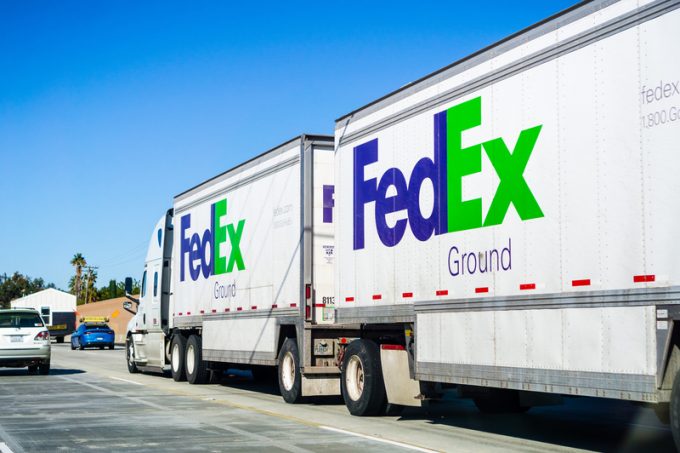Integrators splash out on expansion in lucrative healthcare logistics
The integrated express carriers are gunning for a larger slice of the healthcare logistics pie, ...

’To serve you better, we have raised our prices’ – again: FedEx is to implement another round of increased surcharges in June, citing increased volumes and related costs.
On 21 June, the integrator will raise surcharges in three segments: for residential deliveries on domestic air and ...
Keep our news independent, by supporting The Loadstar
Four crew members still missing as Wan Hai 503 continues to burn
Explosions and 'out-of-control' fire reported on Wan Hai box ship
Carrier price hikes hold, driving spot rates higher as space gets scarcer
Predatory rivals circle as the ripples from DSV's Schenker buy widen
MSC Elsa crew face criminal probe, as Wan Hai 503 firefighters battle on
Transpacific rates ease as capacity boost proves too much for trades to digest
'It's driving us mad', say forwarders as US court fails to end tariff turmoil

Comment on this article